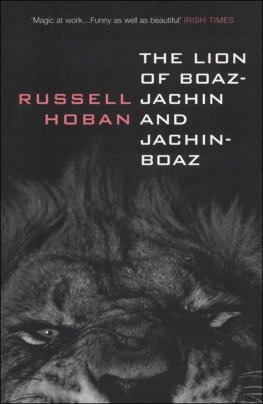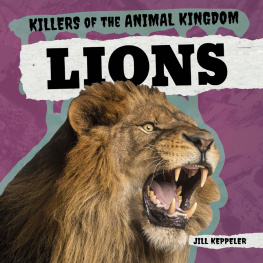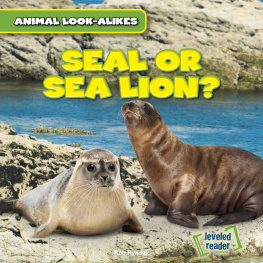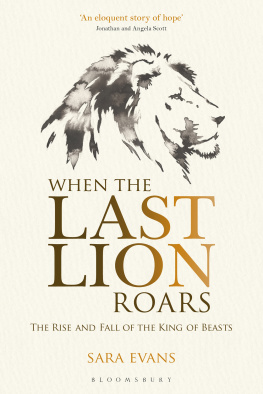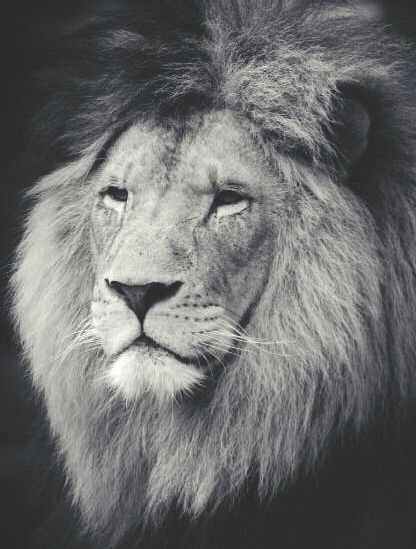Deirdre Jackson - Lion
Here you can read online Deirdre Jackson - Lion full text of the book (entire story) in english for free. Download pdf and epub, get meaning, cover and reviews about this ebook. year: 2010, publisher: Reaktion Books, genre: Detective and thriller. Description of the work, (preface) as well as reviews are available. Best literature library LitArk.com created for fans of good reading and offers a wide selection of genres:
Romance novel
Science fiction
Adventure
Detective
Science
History
Home and family
Prose
Art
Politics
Computer
Non-fiction
Religion
Business
Children
Humor
Choose a favorite category and find really read worthwhile books. Enjoy immersion in the world of imagination, feel the emotions of the characters or learn something new for yourself, make an fascinating discovery.
- Book:Lion
- Author:
- Publisher:Reaktion Books
- Genre:
- Year:2010
- Rating:5 / 5
- Favourites:Add to favourites
- Your mark:
Lion: summary, description and annotation
We offer to read an annotation, description, summary or preface (depends on what the author of the book "Lion" wrote himself). If you haven't found the necessary information about the book — write in the comments, we will try to find it.
Majestic, noble, brave lions, with their tawny coats and luminous eyes, have inspired countless stories, traditions and beliefs. Whether we are seduced by their beauty or drawn to danger, we want to be near them. No other animal has had such an enduring symbolic resonance; lions have been painted on wood and canvas, chiselled in stone, cast in metal and featured on the pages of medieval manuscripts. In this lavishly illustrated book, Deirdre Jackson draws on the latest scientific research, folklore, travel literature, lion tamers memoirs and little-known sources to guide readers on a memorable cultural safari.Roaring lions sound invincible, but like other large, wide-ranging predators they are in danger of disappearing. Poised at the top of the ecological pyramid, these adaptable and gregarious animals have always been far less plentiful than those on which they prey. The vulnerable African lion is now confined to the sub-Sahara, and its Asian cousin is critically endangered. Lion, one of the few books to consider both, traces our relationship with the animals through the centuries and paints a fresh picture of these charismatic creatures.
Deirdre Jackson: author's other books
Who wrote Lion? Find out the surname, the name of the author of the book and a list of all author's works by series.


